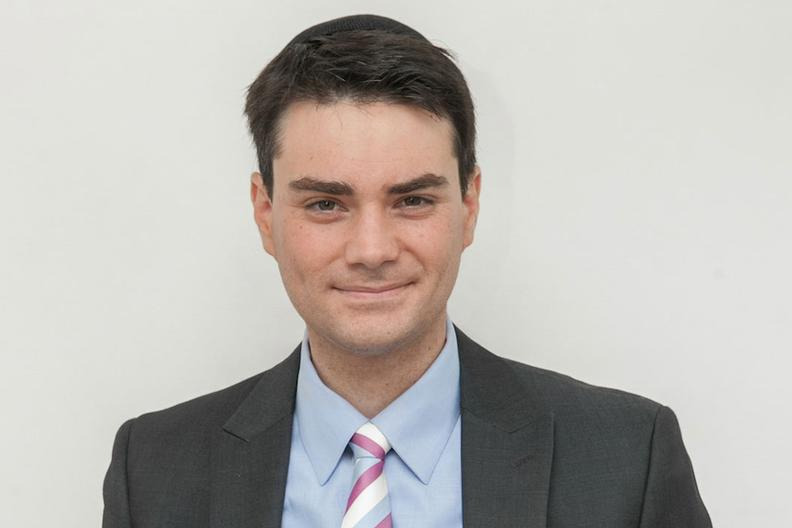
During his presidential debates with Richard Nixon, at one point Kennedy emphasized that the Eisenhower administration left an expanded “missile gap” between the U.S. and U.S.S.R., with the Soviets supposedly dominating in missile capacity. But this wasn’t true in the slightest, and Kennedy knew it since he was briefed by the CIA on the true numbers.[1] As Benjamin Schwarz wrote:
At the time of the missile crisis, the Soviets had 36 intercontinental ballistic missiles (ICBMs), 138 long-range bombers with 392 nuclear warheads, and 72 submarine-launched ballistic-missile warheads (SLBMs). These forces were arrayed against a vastly more powerful U.S. nuclear arsenal of 203 ICBMs, 1,306 long-range bombers with 3,104 nuclear warheads, and 144 SLBMs—all told, about nine times as many nuclear weapons as the U.S.S.R. Nikita Khrushchev was acutely aware of America’s huge advantage not just in the number of weapons but in their quality and deployment as well.[2]














